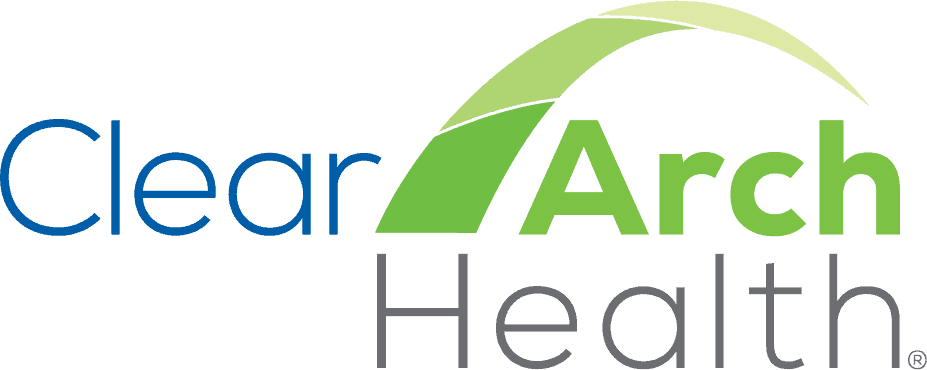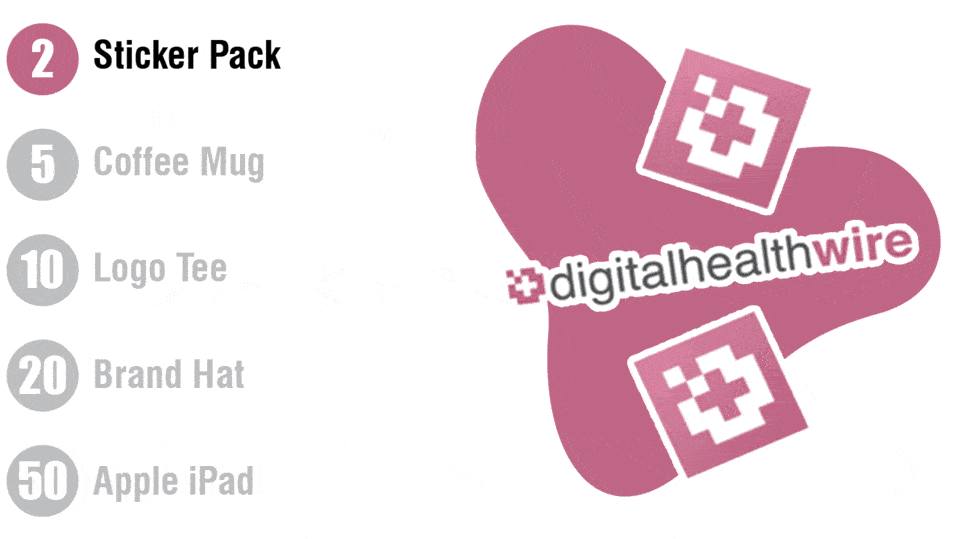|
Why Does CBT Work? | NAHC Lawsuit
July 10, 2023
|
|
|

|
|
Together with
|

|
|
|
“Doctors are increasingly the scapegoats of systemic problems within the health care ‘system’ because the patient is not seeing the insurance company that denied them the procedure, they’re not seeing the electronic medical records that are taking up all of our time.”
|
|
Psychiatrist Mona Masood in an NYT article on The Moral Crisis of America’s Doctors.
|
|

|
|
“Cognitive behavioral therapy for X” is the backbone of many mental health startups and digital therapeutics, yet it’s unclear which individual components of CBT actually drive outcomes.
A recent study in JAMA Psychiatry attempted to tackle that question, randomizing 767 adults with depression into cohorts that received some, but not all, of the seven individual components of internet-delivered CBT.
- Those include: activity scheduling, functional analysis, thought challenging, relaxation, concreteness training, absorption training, and self-compassion training
While internet-delivered CBT resulted in reduced depression at six months (mean follow-up difference in PHQ-9 score: -8.63), the researchers were surprised to find that none of the factors appeared to drive an impact independent of the others.
- The one exception? Absorption training.
The absorption training module taught individuals to become immersed in what they are doing in the present moment to “improve their direct connection with experience and enhance contact with positive reinforcers.”
- Patients completed a behavioral experiment where they compared memories of being absorbed versus not absorbed in a task, learned about flow states, and identified activities that make them feel absorbed.
- Although statistically significant, the effect of adding this module was still only one-fifth of a PHQ-9 point.
The Takeaway
At least within this study, none of the components of CBT – with the exception of absorption training – significantly reduced depression symptoms relative to their absence, despite an overall average reduction in symptoms. The findings suggest that treatment benefit from CBT probably accrues from factors common to all CBT components (e.g. structure, making active plans), and non-specific therapy factors (e.g. positive expectancy).
|




|
|
Selecting Your Drug Database and CDS Solution
Do your providers need easy access to real-time drug knowledge and clinical decision support? Explore Synapse Medicine’s complete guide to drug database advantages, use cases, challenges, and factors to consider when selecting the right solution for your organization.
|
|
Better Diabetes Management With Glooko
Glooko’s diabetes management platform transforms the way patients connect with their providers, driving better engagement, adherence, and ultimately outcomes. Take a look at Glooko’s latest clinical studies to see how their platform is driving sustained improvements for people with diabetes.
|
|
Clinical Documentation Integrity For VBC
The growing use of risk-adjusted reimbursement in outpatient settings means clinical documentation needs to keep up, or health systems risk leaving revenue on the table. Check out Nuance’s new blog to learn how shifting reimbursement models make clinical documentation excellence more important than ever, and how AI can help you achieve it.
|
|
- NAHC Sues Over Home Health Cuts: The National Association for Home Care and Hospice is already suing the HHS and CMS over the $375M in cuts included in last week’s proposed rule for 2024 home health reimbursement. The litigation arrives after Congress directed CMS to change Medicare reimbursements to a “budget-neutral” methodology that looks at complexity of care as opposed to number of therapy sessions. NAHC alleges that regulators are violating Congress’ orders by continuing to tie reimbursement to the amount of therapy provided, resulting in lower home health expenditures.
- Telehealth Leads to Fewer Follow-Ups: New research from Epic found that telehealth leads to fewer follow-ups than office visits. Only 8 of the 24 specialties included in the study had more follow-ups after an initial telehealth visit compared to office visits, with mental health, physical medicine and rehabilitation, and pain medicine all seeing over 20% more follow-ups after an in-person appointment. The largest exceptions that saw more follow-ups after telehealth visits were podiatry, OBGYN, and ophthalmology.
- Neko Strategy Sparks Controversy: Neko Health’s $65M fundraising round that we covered last week is generating an online firestorm over the company’s whole-body screening strategy. In a lengthy Twitter thread by Alex Valaitis of Big Brain Daily, tech enthusiasts supported the firm while medical practitioners worried about cost and potential complications from following up incidental findings.
- Virtual Therapy’s AFib Patient Impact: In other cognitive behavioral therapy news, a randomized clinical trial of 127 patients with atrial fibrillation suggests that online CBT improves Quality of Life and reduces downstream care consumption. Participants either received 10 weeks of therapist guided CBT or standard education about AFib care. After 3 months, patients in the CBT group achieved a “large” 15 point average QoL improvement and 56% lower health care consumption levels. The CBT patients also maintained their QoL improvements over the following 12 months.
- Johns Hopkins Patient Messaging: Johns Hopkins Medicine joined upwards of 14 other health systems across the U.S. in charging patients for certain types of messages sent through their MyChart patient portals. Patients with private health coverage will now be looking at a cost between $10 and $50 for health-related messages that require both clinical judgment and more than five minutes to answer. Hopkins said it’s trying to balance the need for convenient messaging with the burden it places on clinical staff, understandable considering recent trends in message volume.
- AI Marketing (Over)hype: As you might have guessed, you can’t always believe the hype when it comes to marketing for healthcare AI. A JAMA review found that marketing materials for 20% of the 119 AI solutions that gained FDA clearance between November 2021 and March 2022 are inconsistent with the language in their regulatory submissions. Radiology- and cardiology-related solutions were the biggest offenders, with many “discrepant” products flagrantly advertised as AI / ML despite zero acknowledgement by the FDA.
- Liberate Medical Series B: Liberate Medical closed $6.2M in Series B funding to seek FDA clearance for its non-invasive neurostimulation device that prevents the atrophy of respiratory muscles when patients are put on a ventilator. Intubated patients are usually unable to perform traditional breathing muscle training, so Liberate’s device applies electrical stimulation in synchrony with a patient’s exhalation to cause the abdominal muscles to contract without active patient participation.
- Physical Therapy Referral Leakage: Health systems lose an estimated $3.1B in revenue every year from physical therapy referral leakage, according to a Luna analysis of data from 3.9M patients with commercial health coverage. The report found that 60% of patients leave their health system for physical therapy, opting for local providers from the pool of over 38k physical therapy clinics across the country. That cost adds up quickly, equating to a loss of $2,000-$3,000 per patient.
- Laudio Adds Major Health System Partnerships: Fresh on the heels of closing $13M in Series B funding, workforce management startup Laudio announced a pair of partnerships with Northwell Health and Nebraska Medicine to help cut down on administrative work for staff managers. Laudio’s AI-driven software automates tasks such as employee rounding, new hire check-ins, quality audits, and overtime assessments, while also helping with reminders for events like employee birthdays and work anniversaries.
- Aya Acquires Flexwise: Healthcare staffing firm Aya Healthcare is acquiring Flexwise Health to better forecast gaps in patient demand and staffing levels to help health systems optimize their resources. Flexwise provides predictive recommendations for staffing decisions while giving hospitals visibility into future capacity constraints, features that will now be rolled into Aya’s existing suite of vendor management and float pool solutions.
- April Telehealth Trends: Fair Health’s latest data shows that patients are continuing to lean on telehealth for mental healthcare, despite nationwide demand for telehealth services dropping 5.4% from March to April. Mental healthcare led telehealth utilization for its sixth consecutive month, representing the lion’s share of all telehealth diagnoses (68.4%), compared to just 2.7% for acute respiratory diseases in second place.
|
|
3 Ways to Ease the Pain of Provider Credentialing
Is provider credentialing adding cost and time to your bottom line? Check out Medallion’s new blog for three ways to ease the pain of provider credentialing so that you can focus on delivering quality care.
|
|
Clear Arch Health Reduces Readmissions at Altru
When Altru Health System set out to reduce hospital readmissions, it turned to Clear Arch Health to find the solution. Learn how Clear Arch Health’s complete RPM platform and clinical monitoring system helped Altru lower readmissions while improving post-acute care quality.
|
|
The New Staffing Landscape With connectRN
Flexibility is a key component of enabling nurses to deliver their best care without getting burned out. In this Digital Health Wire Q&A, we sat down with connectRN CEO Ted Jeanloz to discuss technology’s role in solving healthcare’s staffing challenges and the new ways that human-centered design can help support nurses.
|
|
|
Share Digital Health Wire
|
|
Spread the news & help us grow ⚡
|
|
Refer colleagues with your unique link and earn rewards.
|

|
|
|
|
Or copy and share your custom referral link: *|SHAREURL|*
|
|
You currently have *|REFERRALS|* referrals.
|
|
|
|
|